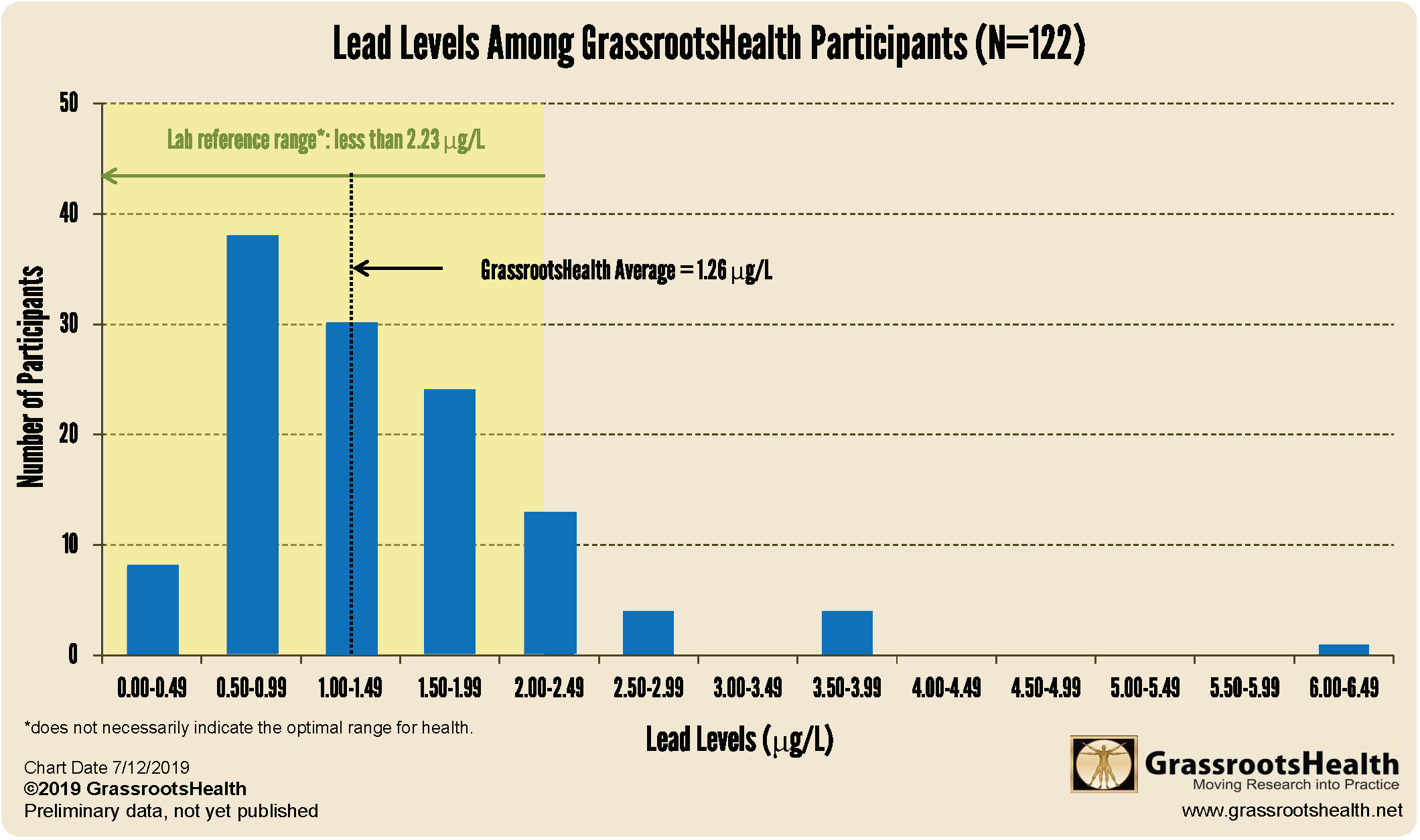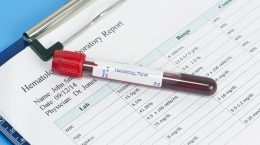Published on July 18, 2019
Lead is a metal from the earth’s crust that has been used in numerous products such as paint, pipes, gasoline, and batteries. With the discontinuation of lead-based paint and leaded gasoline in most countries, exposure to the general public has significantly declined.
 Over time, low-level lead exposure can reduce vitamin D synthesis and affect the body’s cardiovascular, reproductive, and renal systems. Lead is particularly harmful to children because they absorb more lead than adults and their bodies are more vulnerable to its effects. In children, even low levels of lead in the blood can cause anemia, loss of hearing, lower IQ, hyperactivity, and behavior and learning problems. More information about lead can be found in this previous blog.
Over time, low-level lead exposure can reduce vitamin D synthesis and affect the body’s cardiovascular, reproductive, and renal systems. Lead is particularly harmful to children because they absorb more lead than adults and their bodies are more vulnerable to its effects. In children, even low levels of lead in the blood can cause anemia, loss of hearing, lower IQ, hyperactivity, and behavior and learning problems. More information about lead can be found in this previous blog.
Earlier this year, GrassrootsHealth started offering a lead test as part of the Elements Panel, which includes testing your vitamin D level along with essential elements magnesium, selenium, zinc, copper, and zinc:copper ratio, and toxic heavy metals cadmium, lead, and mercury.
The test results for the first 122 participants who have tested their lead levels are shown below. The average level was 1.26 μg/L. A vast majority (89%) had levels within the lab reference range (less than 2.23 μg/L); this reference range indicates the range of typical results found in the population the lab serves but does not necessarily indicate the optimal range for health.
Could my lead be in a toxic range?
Find out your level of lead and other essential and toxic minerals, along with your vitamin D, with the D*action Elements Test kit. Testing vitamin D levels and taking daily steps to keep it at a target level of 40-60 ng/ml (100-150 nmol/L) is important for all stages of health, as is knowing if your levels of essential and toxic elements are in a healthy range. Find out your levels today! Log on to the shop (click the link below) to get your tests and see for yourself if your levels can be improved.
Make sure you track your results before and after, about every 6 months!
Click Here to Access the Shop Page
How can I track my Lead levels?
To help you track your toxin levels, GrassrootsHealth has created an online tracking system called myData-myAnswers. This will help you know how your toxin levels impact your health. Check it out today!







